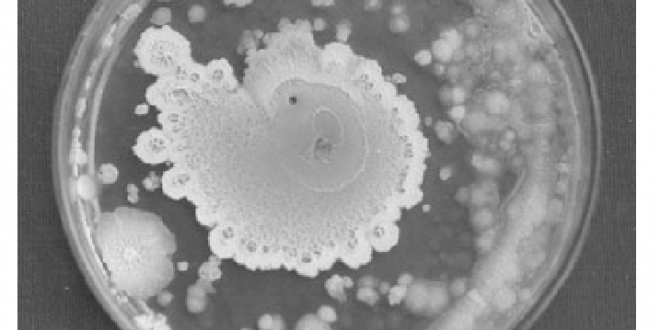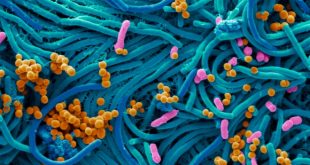Microbiology is a study that studies a biologically varied group of usually small life forms, primarily bacteria and viruses. More than simply bacterial species were included in the diversity of microorganisms by the end of the classical Golden Age of microbiology. Other fields, in addition to bacteriology and virology, were developing at the turn of the century. This included mycology, the study of fungi; protozoology, the study of the protozoa; and phycology, the study of algae. The majority of microbes assist in maintaining the balance of life in our surroundings. Soil bacteria decompose pollutants and integrate nitrous oxide from the air into organic compounds, recycling chemical elements between soil, water, live creatures, and the atmosphere. Microorganisms also have many commercial applications too.
Potential Scopes Of Microbiology
The Earth microbiome is made up of microbes, particularly those belonging to the Bacteria and Archaea domains. Microbes have a number of beneficial roles in the environment and in our commercial industries. The Earth microbiome’s ecological services, like as nitrogen recycling and pollution remediation, are critical for the survival of life on the planet.
Soil microbiology
There are billions of bacteria in the soil microbiome. Soil can be thought of as a “biological fire” This fire consumes a leaf that falls from a tree as bacteria in the soil digest its organic materials. The elements in the leaf enter the carbon, nitrogen, and sulfur biogeochemical cycles. Microorganisms oxidize and decrease elements in biogeochemical cycles to suit their metabolic needs. Life on Earth would be extinct if biogeochemical cycles did not occur.
Nitrogen fixation
Nitrogen fixation is the conversion of nitrogen gas to ammonia by a few bacterium species, including cyanobacteria.The symbiotic nitrogen-fixing bacteria infiltrate the root hairs of host plants, multiplying and stimulating the creation of root nodules, plant cell enlargements, and bacteria in close proximity. The bacteria in the nodules convert free nitrogen to ammonia, which the host plant uses for growth.
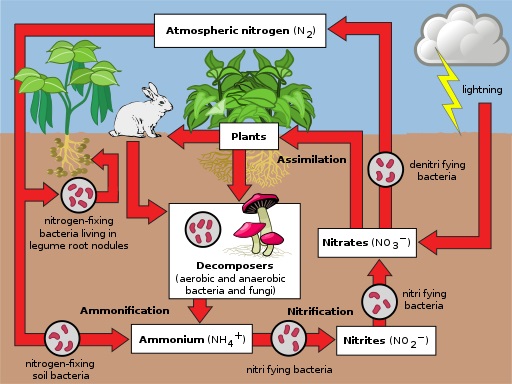
Seeds of legumes (e.g., alfalfa, beans, clovers, peas, soybeans) are frequently inoculated with commercial cultures of appropriate Rhizobium species to ensure sufficient nodule formation and optimum growth, especially in soils lacking in the bacterium. Nitrogen is an important ingredient for plant growth and soil development, yet it is scarce in its most common form, atmospheric nitrogen.Plants, on the other hand, rely on compounded, or fixed, nitrogen sources like ammonia and nitrate. Biological nitrogen fixation is a natural way for plants to get nitrogen. It’s an important part of many aquatic and terrestrial ecosystems all around the world.
Food Microbiology
Food, like municipal water sources, is growing more likely to be a source of major disease outbreaks as more food products are processed at central facilities and extensively dispersed. Communities have established local authorities whose purpose is to monitor dairies and restaurants in order to reduce the risk of disease outbreaks. They have established guidelines that must be followed by the food-related industry.For the first time in the late nineteenth century, microorganisms employed in food production were produced in pure culture.
-
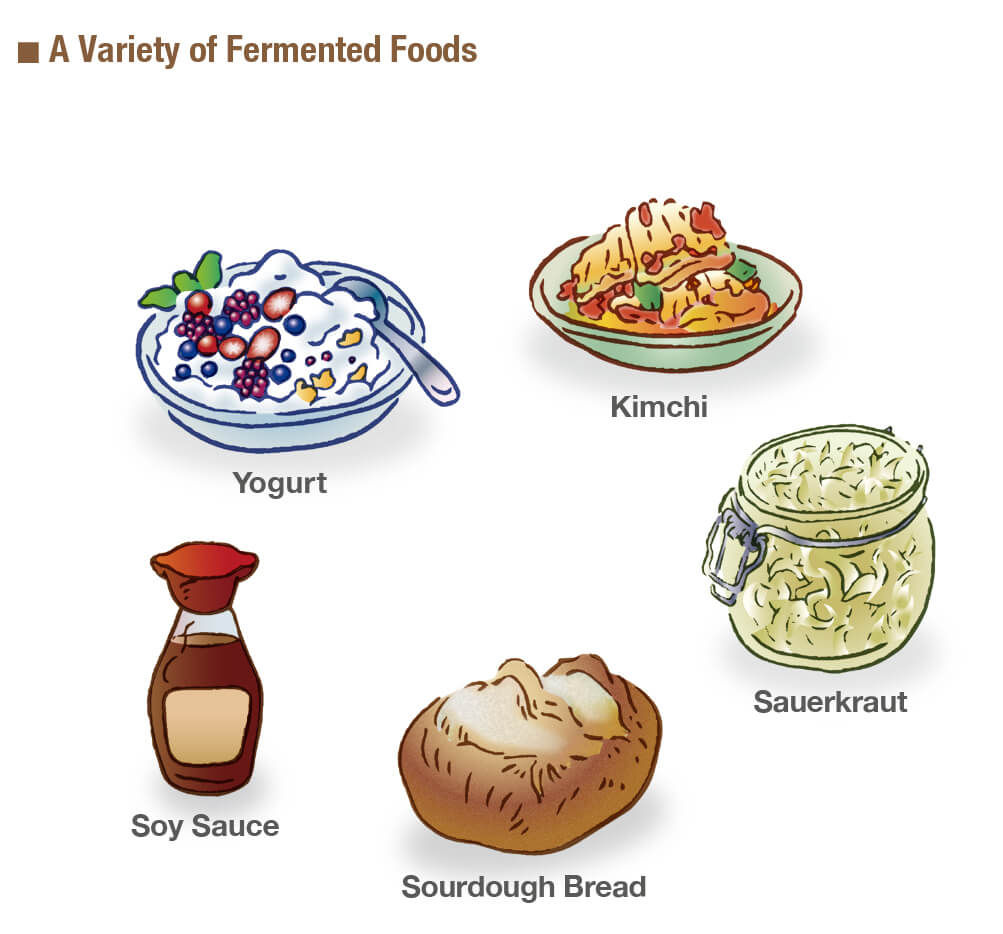
Microbes are being widely used in the food industry to scale up the production. Source: AJINOMOTO
Dairy products
- Many different kinds of cheese need the creation of a curd, which can be separated from the primary liquid component, or whey. Curd is made up of casein, a protein that is normally generated by the action of an enzyme called rennin, which is helped by acidic conditions provided by bacteria that produce lactic acid.
-
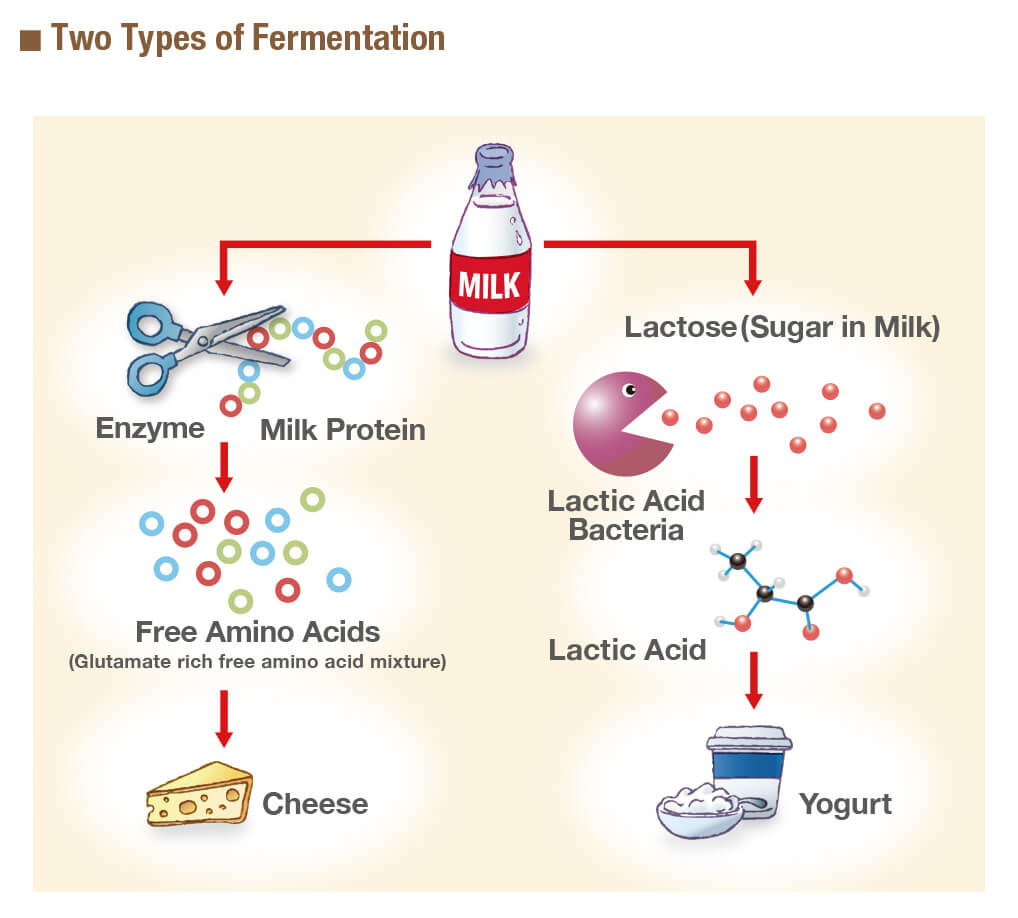
Cheese and Yogurt get produced through Microbial action of some bacteria. Source: AJINOMOTO
-
- During the ripening phase, these injected lactic acid bacteria also provide the distinctive smells and fragrances of fermented dairy products. Except for a few unripened cheeses like ricotta and cottage cheese, the curd goes through a microbial ripening process.
- Buttermilk is manufactured by inoculating skim milk with bacteria that produce lactic acid and diacetyls, rather than as a by-product of buttermaking.
- Cultured sour cream is made from cream inoculated with microorganisms similar to those used to make buttermilk.
Non dairy products
- Cacao beans were fermented before eating by pre-Columbian peoples in Central and South America. The chocolate taste comes from the microbial compounds generated during fermentation.
- Carbohydrates from cereal grains, potatoes, and molasses are fermented to alcohol in distilled spirits like whiskey, vodka, and rum. After that, the alcohol is distilled into a concentrated alcoholic beverage.
- Production of Kimchi needs bacterial action to enhance its flavour
- Sake, a japanese drink is made out of fermented rice water.
- Soy sauce production mainly requires koji mold, lactic acid bacteria and osmophilic yeasts.
- Sourdough breads are of a distinct taste which comes from microbial action
- In the making of sauerkraut presence of microbes are a vital requirement.
Industrial microbiology and biotechnology
Fermentation is commonly used in the industrial manufacturing of microbial compounds. The cultivation of microorganisms or other single cells on a big scale to create a commercially valuable product is known as industrial fermentation.
- In biotechnology, industrial fermentation is utilized to obtain valuable compounds from genetically engineered plant and animal cells. Animal cells, for example, are utilized to generate monoclonal antibodies.
- Rennin, a milk curd-forming enzyme, is generally produced commercially by fungus, although it has lately been replaced by genetically modified bacteria.
- Phenylalanine and aspartic acid (l-aspartate), two microbially produced amino acids, have become significant ingredients in the sugar-free sweetener aspartame (NutraSweet )
- To obtain a worn or distressed effect, denim is treated with fungal cellulase. Amylases are utilized in the manufacturing of maize starch syrups, fabric and paper sizing, and glucose from starch.
- Some vitamins can be obtained at a low cost from microbes. Pseudomonas and Propionibacterium species produce vitamin B12. Another vitamin produced by fermentation is riboflavin (B2).
Pharmaceuticals
All antibiotics were produced by microbial metabolism at one point or another. Many are still made by microbial fermentations, and research on finding more productive mutants through nutritional and genetic alterations is ongoing.
-

Microbial growth produces vaccines, antibiotics, and steroids on industrial scale. Source: BHARAT biotech
Inactivated microorganisms are used to make vaccinations for rabies, polio (the Salk vaccine), some types of influenza, and cholera. A subunit vaccine, which is manufactured from proteins found on the surface of infectious organisms, is another type of vaccine. This is the case with influenza and hepatitis B vaccines.
Production of chemicals
Microbiology is being used by traditional chemical firms to develop environmentally friendly production methods that reduce toxic waste and associated expenses. Indigo production, for example, necessitates a high pH and creates waste that explodes when exposed to air. Pseudomonas putida, on the other hand, produces an enzyme that transforms indole, a bacterial by-product, to indigo.
Biofuel
Biofuels are energy sources derived from living creatures rather than fossils dating back more than 300 million years. Alcohols and hydrogen from microbial fermentation, as well as oils from algae, are examples of biofuels.
Conclusion
Even when their presence was unknown, microbes have always shown to be extremely beneficial to humans. Many basic food-processing technologies will continue to rely on them. The advancement of recombinant DNA technology has sparked interest in industrial microbiology by allowing for the development of novel goods and applications. Interest in renewable energy sources such as hydrogen and ethanol will grow as fossil energy supplies become increasingly scarce. The utilization of specialized microorganisms to manufacture such items on a large scale will almost certainly become increasingly common. In addition, it will have an impact on our lives and well-being in ways that we can only speculate about.
References
- Microbiology An Introduction, Global Edition by Gerard Tortora, Berdell Funke, Christine Case, Derek Weber, Warner Bair III
- Alcamos Fundamentals of Microbiology, Ninth Edition by Jeffrey C. Pommerville
- new Brock Biology of Microorganisms by Michael T. Madigan Jennifer Aiyer Daniel H. Buckley W. Matthew Sattley David A. Stahl
 Plantlet The Blogging Platform of Department of Botany, University of Dhaka
Plantlet The Blogging Platform of Department of Botany, University of Dhaka
